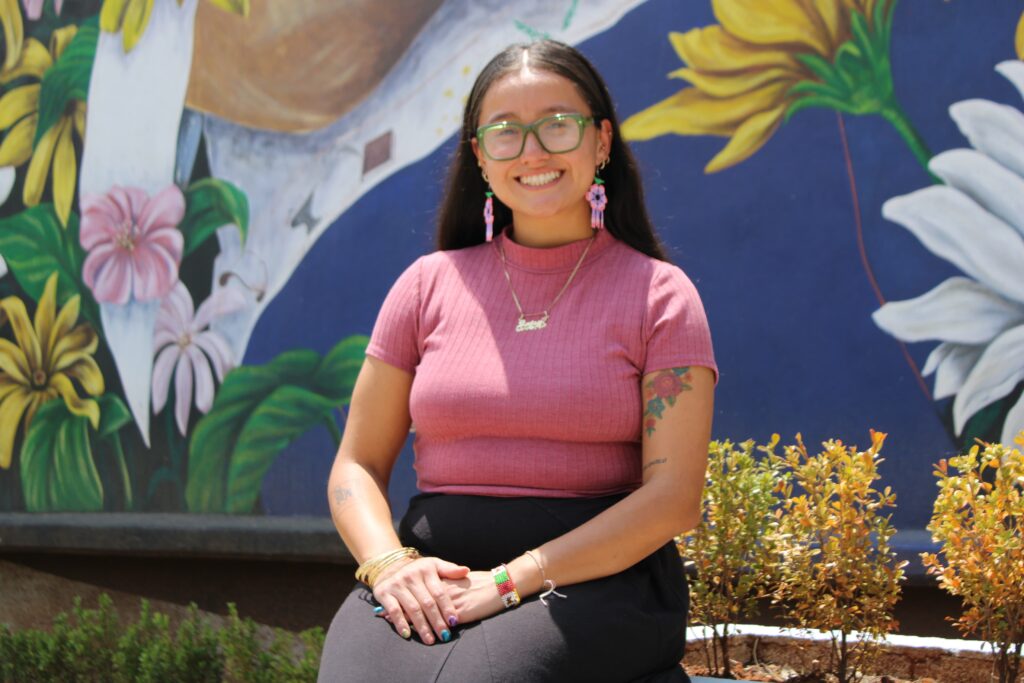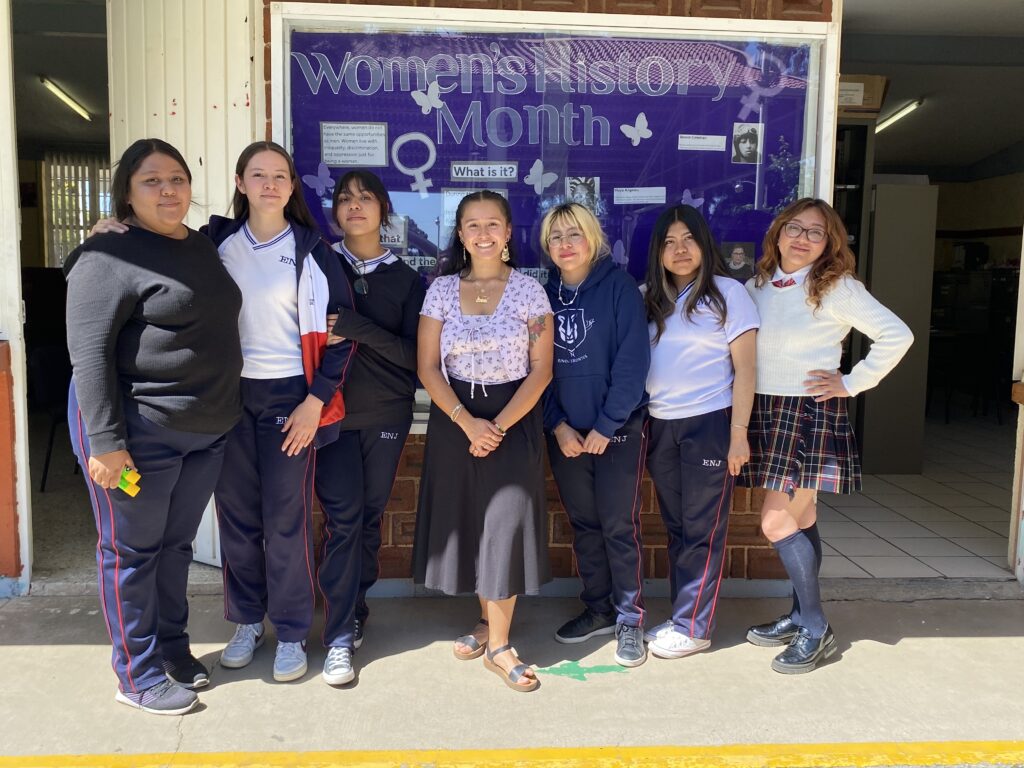The Fulbright US Student Program is the United States’ premier international cultural exchange program for US citizens and nationals. Through Fulbright, Wesleyan graduates can teach, research, or study in one of 140+ countries for an academic year. Wesleyan has been a Top Producing Institution with the Fulbright program for 6 years running. On March 29, 2025, the Office of Fellowships received an update from Daisy Montoya ‘24 (Psychology, Education Studies) on her experience as a Fulbright English Teaching Assistant in Mexico.

As a daughter of Mexican immigrants who was born and raised in Chicagoland, one of my life dreams was always to return and live in Mexico. In researching post-grad job opportunities, Fulbright was naturally at the top of my list. Fulbright’s mission is to create mutual understanding between the U.S. and countries abroad through an exchange of culture and education. The Fulbright Program has multiple positions to choose from ranging from English Teaching Assistant to conducting independent research. I applied to be an English Teaching Assistant in Mexico; I could not think of a better opportunity that would allow me to pursue my passion for education in my parents’ home country.
Being Mexican-American has been the most important identity of my life. It has influenced every aspect of myself: culture, traditions, interests, communication, etc. Although I am connected to my Mexican roots, there is so much more to learn by living in the country. As such, I applied to Fulbright to be able to expand my knowledge of Mexico. I have been able to fulfill this goal by enrolling in a traditional embroidery class in my local town. There are various embroidery styles throughout the country, some dating back to pre-Hispanic times, and others coming from colonization (a blend of Spanish and indigenous cultures). In my class, I have created a pillowcase, an oven mitt, a pot holder, and a tortilla cloth. This is significant for me because both of my grandmothers, along with some of my aunts, dedicated a lot of their time to embroidery, and I am finally able to continue this beautiful tradition. Additionally, I have been able to travel to places where I would have never imagined being able to travel to, such as Chichén Itzá in Yucatán and el Palacio Nacional in Mexico City. There is so much to explore outside of my parents’ home state, Guanajuato, and I am very fortunate to have the privilege of traveling to these places.
Teaching in Mexico has allowed me to experience a diverse environment in education. As part of my Fulbright, I teach at an Escuela Normal, a teacher’s training college. This is my first time working with students who are around the same age as me. Although I was intimidated at first, I quickly found it to be easier to connect with my students and cater to their interests through my English activities. This experience also marks my first time teaching English, which made me a bit nervous, despite already having teaching experience. Throughout my time in Mexico, I have found fun, interactive ways to engage students with English learning, like teaching them about Halloween traditions and singing popular songs by Frank Ocean and Taylor Swift. Even though Spanish is my first language, growing up in the US and studying in English has made me more English dominated. Working in a Mexican setting has taught me how important it is for me to know Spanish at the same level as my English. Because of the connection between my Mexican culture and Spanish, I am passionate about learning every aspect of the language. I am fluent in both languages and from now on I am going to prioritize strengthening my vocabulary and syntax in Spanish.

Living in Mexico as a Fulbrighter has been filled with amazing moments, but I have also struggled with imposter syndrome during my time here. During orientation week, listening to the experiences and backgrounds of the grantees made me feel like an outcast among everyone. It was a weird feeling because I was in my home country, yet I felt like I did not belong. My identities of being a first-generation, low-income college graduate were not reflected amongst the majority of grantees, causing the feeling of imposter syndrome. This was an unexpected struggle I have faced, but I am glad I have been able to surpass it with the help of a Fulbright mentor who also identifies as Mexican-American. When I met her, I instantly felt connected to her. I would speak to her about my imposter syndrome, and she would diminish those feelings with motivational conversations by reminding me of all of my successes that have led me to become a Fulbrighter. Additionally, seeing her in a mentor position made me realize that I do belong in a prestigious space as Fulbright because I felt represented.
Overall, I have had a once in a lifetime experience in Mexico, and I am incredibly grateful to be here. I now feel the closest I have ever felt to my Mexican roots. Not only that, but I have also been able to gain a holistic view of education and see firsthand how it differentiates abroad. I encourage everyone, especially folks from underrepresented communities, to apply to Fulbright. If I am able to do it, so can you!
For those who want to learn more, Upcoming and recorded events are available online, including an alumni panel featuring Daisy Montoya ‘24 alongside Emily McDougal ‘23 on April 2, 2025. Current Wesleyan students and recent alumni who are US citizens and nationals should reach out to the Office of Fellowships (fellowships@wes) with their interest in applying for a Fulbright grant to be connected with resources for preparing an application. Seniors and alumni can begin preparing their application in April for the September campus deadline (apply here).


